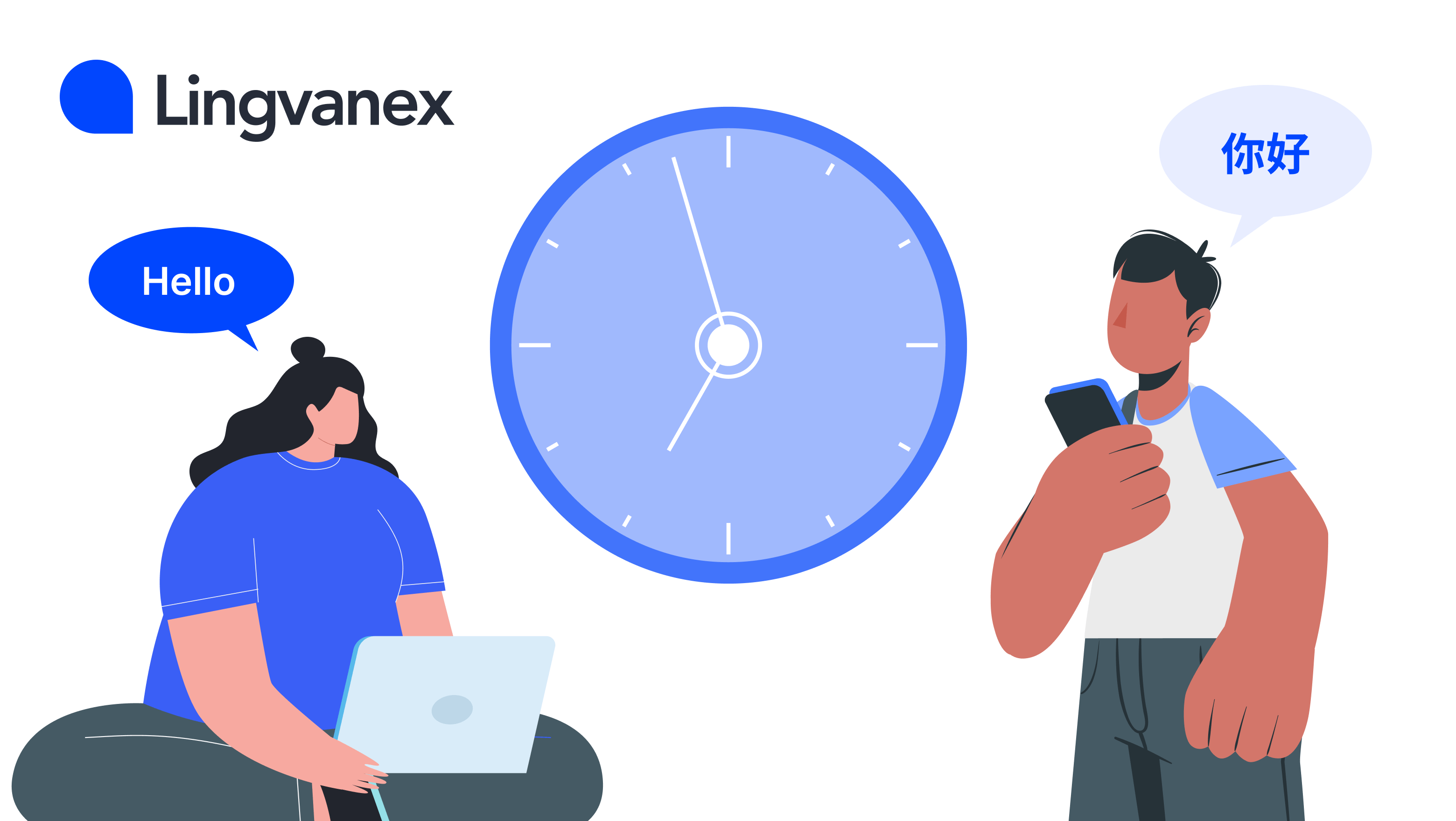Imagine a world where languages are no longer barriers, a world where communication knows no borders, because the evolution of language translation has taken a step forward. We are already living in this world, it is transforming before our eyes. Humanity has come a long way from ancient dreams of a universal language to complex algorithms that analyze syntax. Thanks to machine translation, many things have become possible. Let's understand what it is, how it works, what its strengths are and conclude whether machine translation can really compete with humans.

Machine translation: what it is
Machine translation is the process by which text from one language is translated into another language using computer algorithms. It is also often referred to as computer-assisted translation or automatic translation. All these terms describe the same concept: the use of technology to convert text between languages without direct human involvement.
Imagine you are looking for a car repair manual on the Internet. You find a perfect manual, but it's in German. Instead of looking for another source, you simply click the «Translate Page» button on your browser. Just one moment, and all the text appears in English, and you can read the manual as if it was originally written in English. This is an online translator in action — a technology that, with the help of artificial intelligence, instantly makes information available in any language, helping to overcome language barriers in everyday life.
How machine translation works
Different types of machine translation software use different mechanisms to find the best matches to source words and phrases to produce comprehensible text in the target language. These mechanisms are constantly evolving, becoming more sophisticated and efficient.
The machine translation process involves several stages, from analyzing the source text to generating the translation. At each stage, specific algorithms and language processing techniques are applied. A key factor in the performance of machine translation systems is the way they interpret and transform information.
To better understand how machine translation works, let's take a look at the main types of algorithms used in this technology.
Types of machine translation algorithms
There are the following types of machine translation algorithms:
Rule-based algorithms rely on linguistic rules and bilingual dictionaries. This is similar to the way we learn in school: first we learn the rules, then we apply them. This approach is good for languages with a clear structure, but may not be flexible enough when encountering exceptions or unusual phrases.
Statistical algorithms process many pairs of source and target language texts. They analyze how words and phrases are usually translated. Based on this, models are created to translate new texts. The system selects the matches that occur most often in similar situations. The more texts are studied, the better the algorithms work. This method results in a more natural translation.
Neural algorithms learn from large datasets, imitating the way our brains process language. The higher the quality and quantity of the data, the more efficiently the machine learns. This is the modern type of machine translation used in the most well-known translation systems such as Google Translate.
The training uses neural networks — chains of neurons that receive, process and transmit information by performing calculations, thus imitating the biological structure of the human brain. Neural networks give machines the ability to analyze, store, and reproduce information, interpreting it in a manner similar to the brain using electrical signals. Compared to statistical machine translation, this method shows better translation quality and is more flexible in customization and training.
Finally, a hybrid type of machine translationis a mixture of statistical and neural algorithms. That is, the machine, having analyzed language pairs and found patterns, subsequently uses this data for its training. By combining two different approaches to machine translation, the hybrid kind leverages their strengths and reduces their weaknesses.
Hybrid machine translation is now considered to be the most advanced and efficient.
Stages of machine translation development
The history of machine translation began in the 1950s. One of the most famous events in this field is the Georgetown Experiment. The Georgetown team collaborated with IBM (the world's leading manufacturer and supplier of hardware and software), and in 1954 they presented a public demonstration of their machine translation system, which involved using an IBM computer to translate sentences from Russian into English. This experiment not only laid the groundwork for future advances, but also revealed the problems and limitations of early models of machine translation.
The 1960s saw a surge of interest in the field. Research centers were established, and the first commercial machine translation systems appeared. One such system was created for the US Air Force to translate technical documentation from Russian into English and vice versa.
The dominant approach then was statistical machine translation. It had limitations, especially when translating complex or informal texts, and was soon criticized, leading to a decline in funding. However, in the 1990s, statistical methods became popular again due to the advent of more powerful computers and large language corpora. The first proprietary systems were created in Russia, initially based on rule-based and statistical machine translation technologies.
In the 2010s, companies gradually began to incorporate neural machine translation (NMT) into their products. It became the dominant approach because it provides the most accurate results. Today, it is more sophisticated than ever, thanks to the combination of neural and statistical translation technologies, as well as artificial intelligence and deep learning.
Machine translation or human translation
Machine translation has made huge leaps in its development, opening up new horizons in information processing and cross-lingual communication. It is especially effective when working with large volumes of text on specific topics, where speed and consistency of translation are required. Many companies are successfully using this translation technology for prompt customer service via chatbots and email newsletters, which significantly speeds up the communication process and reduces costs. These are the main advantages of machine translation over manual translation.
However, despite impressive progress, machine translation still faces serious limitations, especially when it comes to complex texts that require a deep understanding of context, cultural nuances or creativity. In such cases, the involvement of a human translator or editor remains indispensable. Professional translators have the unique ability to interpret the subtleties of language, adapt the text to the cultural characteristics of the target audience, and preserve the stylistic integrity of the original. Such limitations are the main drawbacks of machine translation.
Therefore, the optimal solution is a combined approach, where machine translation is used for the initial processing of the text, and a human expert performs the final revision and adaptation.
You can read our article on top 5 fears concerning machine translation to understand more about its advantages and disadvantages.
What does Lingvanex have to offer?
Lingvanex is an innovative machine translation service that offers a wide range of features for effective cross-lingual communication. Our product provides fast, high-quality and secure translation of various types of content. The main principle of Lingvanex is to guarantee complete security of the translated texts. Our service can be used to translate texts, files, websites and applications, process audio and video content, and provide instant translation of messages in messengers. Key benefits of our service include:
- Support for 109 languages for text translation.
- Maximum data security with the ability to translate locally without an Internet connection.
- Cost-efficiency thanks to fixed prices and special offers for large translation volumes.
- High quality translation using advanced artificial intelligence technologies.
- Wide integration capabilities with various platforms and applications.
- Privacy guarantee with GDPR/CCPA compliance when using Cloud API.
The combination of innovative solutions and robust security measures makes Lingvanex Translator an indispensable tool for companies that want to communicate with foreign customers and partners without barriers.



